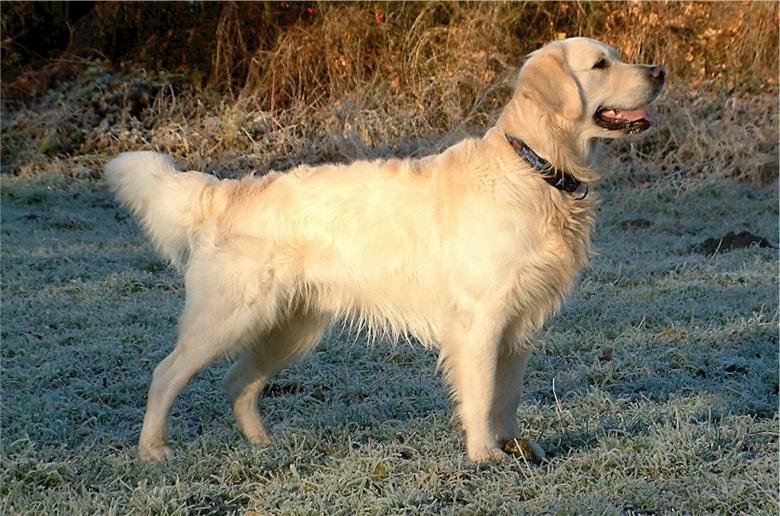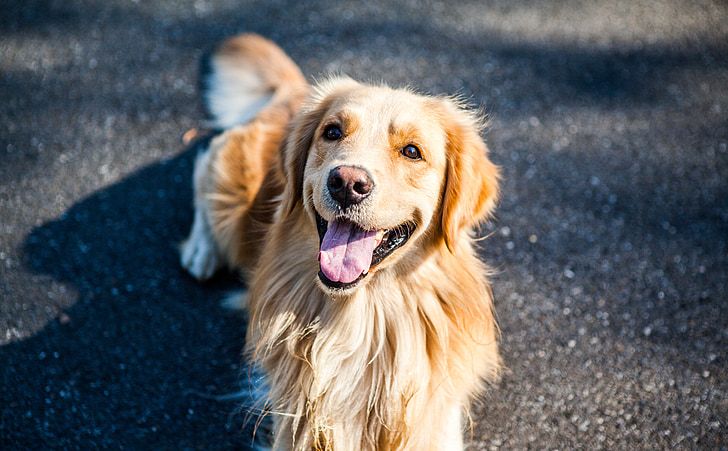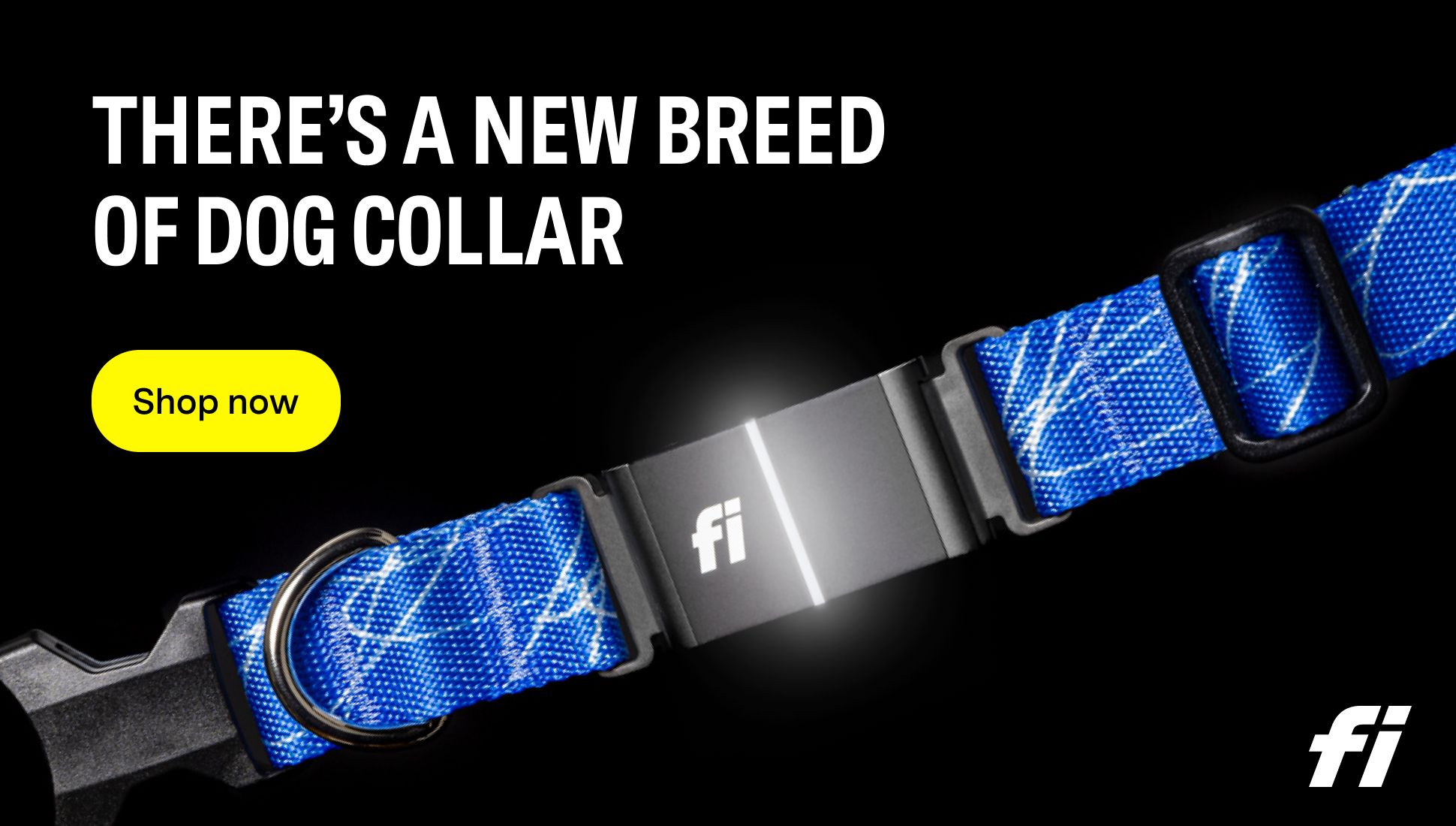Golden Retrievers are one of the most beloved dog breeds in the world. They are known for their friendly and affectionate disposition, as well as their ability to be trained easily. One of the distinguishing features of Golden Retrievers is their long, flowing coat, which can range in color from light cream to dark gold.
Long hair Golden Retrievers, in particular, have a unique two-layered coat that is dense and water-repellent, making them well-suited for outdoor activities. Regular grooming is necessary to maintain the health and appearance of a Long Hair Golden Retriever's coat. This includes brushing at least once a week, bathing every 6-8 weeks or as needed, trimming the hair around the ears, paws, and tail, and checking for any mats or tangles.
If you are considering getting a Golden Retriever with long hair, it's important to understand the requirements for grooming and maintenance. In addition, it's important to note that long hair Golden Retrievers may not be suitable for people with allergies, as they shed frequently. However, for those who are willing to put in the time and effort, long hair Golden Retrievers can make wonderful companions and loyal family pets.

Understanding the Golden Retriever's Coat
Golden Retrievers are known for their beautiful, dense coats that range from light cream to dark golden. They have a double coat, which means they have an undercoat that is soft and fluffy and an outer coat that is water-repellent and slightly wavy. The coat is an important feature of the breed, and it requires regular grooming to keep it healthy and shiny.
Coat Characteristics
Golden Retriever puppies are born with a fluffy coat that is soft and silky to the touch. This coat is often lighter or darker than their adult fur color, making it difficult to predict what their final appearance will look like. As they grow, their coat will change through several stages.
At around three months of age, the puppy will start to grow long hairs on its tail, which marks the beginning of the blending stage. Golden Retrievers have feathers on their tail, belly, and legs, and the tail is the starting point for the growth of the adult coat. The rest of the adult hair will grow all over their body.
Between six and twelve months of age, the puppy will go through the ""ugly duckling"" stage, where their coat may look patchy and uneven. This is a normal part of the growth process, and the adult coat will eventually grow in fully.
Genetics and Coat Length
The length of a Golden Retriever's coat is determined by genetics. Some Golden Retrievers have shorter coats, while others have longer coats that appear to be luscious and flowing. Coat length is controlled by a set of genes that are passed down from the parent dogs.
English Golden Retrievers tend to have shorter, thinner coats, while Canadian Golden Retrievers have longer, thicker coats. However, it is important to note that coat length can vary even within the same litter of puppies.
The adult coat is made up of guard hairs and a soft undercoat. The guard hairs are longer and stiffer, while the undercoat is soft and fluffy. The guard hairs provide protection from the elements, while the undercoat keeps the dog warm.
In conclusion, understanding the characteristics and genetics of a Golden Retriever's coat is important for their care and grooming. By knowing what to expect during the different stages of their coat growth, owners can provide the necessary care to keep their dog's coat healthy and shiny.

Grooming Long-Haired Golden Retrievers
Golden Retrievers are known for their long and beautiful hair, but this beauty comes with a cost - grooming. Long-haired breeds like Golden Retrievers require a lot of maintenance to keep their coats healthy and tangle-free. Consistent grooming is essential for their overall health and well-being.
Necessity of Regular Grooming
Regular grooming is necessary for Golden Retrievers to maintain their coats. Brushing and bathing are both important components of a grooming routine. Not only does it help keep their fur looking beautiful, but it also helps prevent skin irritation and infections. Regular grooming also helps to mitigate shedding problems.
Brushing Techniques
Brushing is one of the most important aspects of grooming a Golden Retriever. It is recommended to brush your Golden Retriever at least once a week, but preferably every day. A slicker brush and undercoat rake are recommended tools to use when brushing a Golden Retriever's hair.
When brushing, it is important to start at the base of the hair and work your way up. Be sure to brush all the way down to the skin to prevent matting and tangles. It is also important to brush in the direction of the hair growth to avoid causing discomfort to your dog.
Bathing and Shampoo
While regular brushing is important, bathing is also necessary to keep your Golden Retriever's coat clean and healthy. It is recommended to bathe your Golden Retriever every six to eight weeks.
When bathing your Golden Retriever, it is important to use a high-quality dog shampoo. Rinse the coat twice, as the Golden's double coat retains the shampoo. Thoroughly towel dry your dog and give them a few minutes to run around and air dry. It is important to avoid using human shampoo on your dog, as it can cause skin irritation.
Overall, consistent grooming and proper brushing techniques will help keep your Golden Retriever's coat healthy and beautiful. Bathing and using the right shampoo will also help prevent skin irritation and infections.

Shedding and The Undercoat
Golden Retrievers are known for their long, beautiful coats, but with that comes shedding. Shedding is a natural process for dogs to get rid of old, damaged hair and make way for new growth. Golden Retrievers have a double coat, consisting of an outer coat and an undercoat. The undercoat is the soft, dense fur that grows close to the skin and helps to insulate the dog's body. Understanding shedding and the undercoat is key to managing your Golden Retriever's coat.
Understanding Shedding
Golden Retrievers shed all year round, but they tend to shed more heavily twice a year during shedding season. During shedding season, you may notice large amounts of fur coming off your dog, and it may seem like it never ends. This is because the undercoat is shedding, and it can take several weeks for the shedding to complete.
Managing Shedding
One of the best ways to manage shedding is to brush your Golden Retriever regularly. Brushing helps to remove loose fur from the undercoat and can help prevent matting. Using an undercoat rake once a week can also help remove loose fur and keep the undercoat healthy.
It is important not to shave your Golden Retriever's coat, even during shedding season. Shaving can damage the undercoat and cause it to grow back improperly, leading to more shedding and skin problems. Instead, focus on brushing and grooming your dog regularly to manage shedding.
Why Not to Shave
Shaving a Golden Retriever's coat is not recommended for several reasons. First, the undercoat helps to regulate the dog's body temperature, and shaving it can cause overheating or hypothermia. Second, shaving can damage the undercoat and cause it to grow back improperly, leading to more shedding and skin problems. Finally, shaving can increase the risk of sunburn and skin cancer, especially in dogs with light-colored coats.
Overall, shedding and the undercoat are important aspects of Golden Retriever care. Understanding how shedding works and how to manage it can help keep your dog's coat healthy and beautiful. Remember to never shave your Golden Retriever's coat and to focus on regular grooming to keep shedding under control.
Diet and Nutrition for a Healthy Coat
Importance of Nutrition
A healthy and balanced diet is essential for maintaining a healthy coat in long-haired Golden Retrievers. A diet rich in high-quality protein sources such as chicken, fish, and lamb can provide the necessary nutrients for healthy skin and coat. Additionally, incorporating fatty acids into your dog's diet can also help promote healthy skin and coat.
Beneficial Supplements
Supplements such as fish oil, coconut oil, and olive oil can also be beneficial for maintaining a healthy coat. Fish oil is a great source of omega-3 fatty acids, which can help reduce inflammation and promote healthy skin and coat. Coconut oil and olive oil are good sources of omega-6 fatty acids, which can also help promote healthy skin and coat.
Vitamin supplements can also be beneficial for maintaining a healthy coat. Vitamins A, D, and E are essential for healthy skin and coat. Vitamin A helps regulate the production of sebum, which is important for maintaining healthy skin and coat. Vitamin D helps regulate calcium and phosphorus levels, which are important for maintaining healthy bones and teeth. Vitamin E is an antioxidant that helps protect cells from damage.
In summary, a diet rich in high-quality protein sources and fatty acids, as well as incorporating beneficial supplements, can help maintain a healthy coat in long-haired Golden Retrievers. It is important to consult with a veterinarian before making any changes to your dog's diet or supplement routine.

Health Considerations for Long-Haired Golden Retrievers
Long-haired golden retrievers are generally healthy dogs, but they may be prone to certain health issues that are more common in this breed. It is important for owners to be aware of these potential health problems so they can take steps to prevent or manage them.
Potential Skin Conditions
Long-haired golden retrievers have a thick, double coat that can be prone to matting and tangles. This can make it difficult to keep the coat clean and free of debris, which can lead to skin irritation and infection. Owners should regularly brush their dog's coat and bathe them as needed to prevent these issues.
In addition, long-haired golden retrievers may be prone to certain skin conditions, such as hot spots, allergies, and seborrhea. Hot spots are areas of the skin that become inflamed and infected, often due to excessive licking or scratching. Allergies can cause itching, redness, and irritation of the skin. Seborrhea is a condition that causes the skin to become oily and flaky. If a dog is experiencing any of these symptoms, it is important to take them to the vet for diagnosis and treatment.
Ear Infectionsf
Long-haired golden retrievers may also be prone to ear infections. This is because their long, floppy ears can trap moisture and debris, creating an environment that is conducive to bacterial and fungal growth. Owners should regularly clean their dog's ears and keep them dry to prevent infections from developing. Signs of an ear infection include redness, swelling, discharge, and a foul odor. If a dog is experiencing any of these symptoms, it is important to take them to the vet for diagnosis and treatment.
Overall, long-haired golden retrievers are generally healthy dogs, but they may be prone to certain health issues that are more common in this breed. Owners should be aware of these potential health problems and take steps to prevent or manage them to ensure their dog stays healthy and happy."